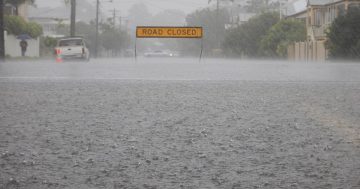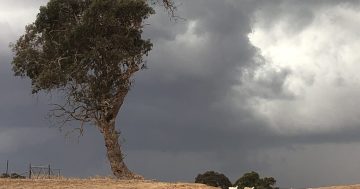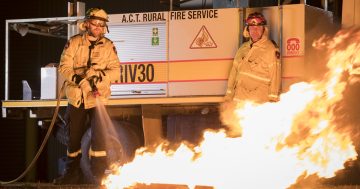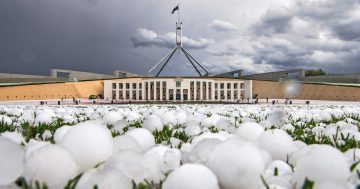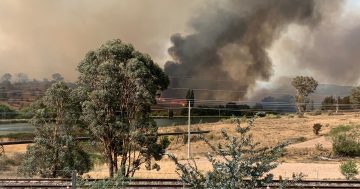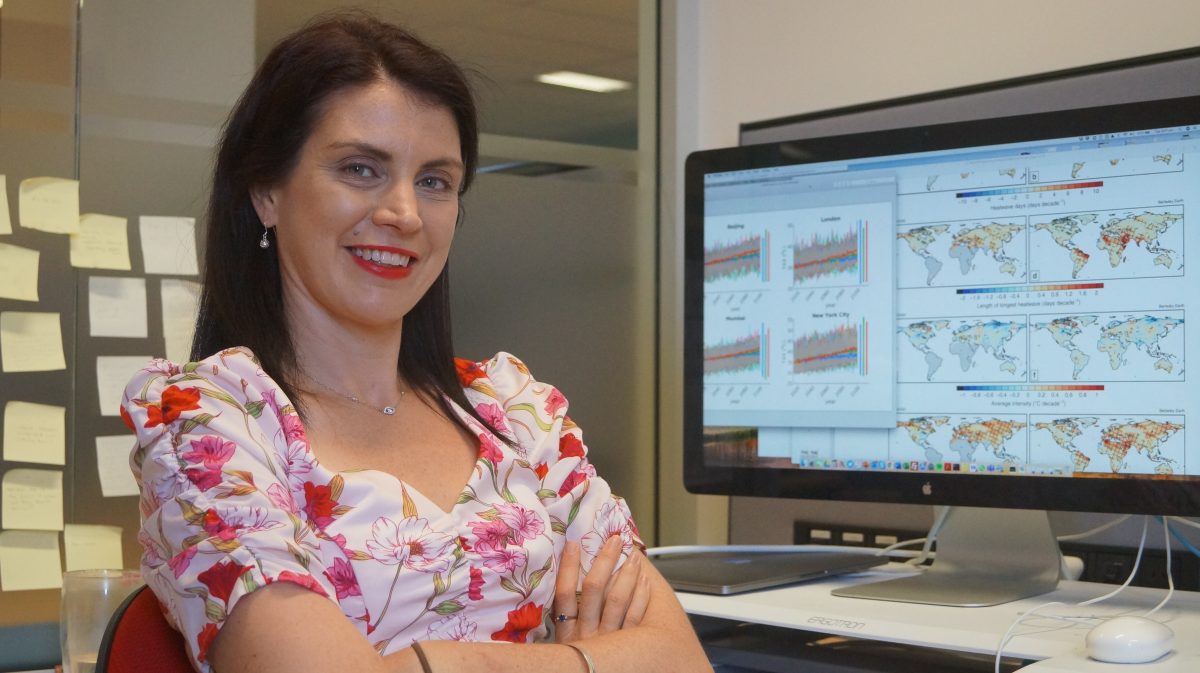
UNSW Canberra climate scientist Professor Sarah Perkins-Kirkpatrick: climate change is going to supercharge extreme events. Photo: UNSW.
The northern hemisphere’s record-breaking heatwaves are a harbinger of what’s to come for Australia this summer and those to follow, Canberra climate scientist Sarah Perkins-Kirkpatrick warns.
After three mild and wet La Niña summers, Canberrans should prepare for a return to drier, hotter conditions, the UNSW Canberra lecturer and chief investigator at the ARC Centre of Excellence for Climate Extremes says.
“It’s still unconfirmed yet whether we’ll have an El Niño but one thing is for sure we’ll definitely not have a La Niña,” she says.
“Climate change is going to affect that, it’s going to supercharge extreme events.”
Professor Perkins-Kirkpatrick says it is too hard to say if conditions will be as bad as those in the north but Australians should not be complacent.
“Our time will come again,” she says.
“The trends we’re seeing, where record-breaking temperatures are being broken more often, we can expect the same here in Australia.”
Frustratingly, governments have been doing very little to prepare for the return of extreme heat, she says, calling for not just for more action to reduce greenhouse gas emissions but also measures to mitigate the impacts of heatwaves and to adapt to the climate reality.
Professor Perkins-Kirkpatrick says there is still no federally coordinated response to extreme heat.
“It’s taken a few bushfire crises to have a federally based measure of bushfire risk,” she says.
“We have nothing of the sort for heatwave risk. It would be quite useful and quite pertinent to do that before we have a few disasters.”

Smoke haze over Kingston during the Black Summer. We should be preparing for the big heat’s return. Photo: Michelle Kroll.
Governments need to be spending a lot of money on bolstering energy sources and grids, hospitals, retrofitting infrastructure to cope with extreme heat and providing insulation for inhabitants and raising public awareness.
“No one in government is taking this as seriously as they should,” Professor Perkins-Kirkpatrick says.
“If only we invested as much money into climate adaptation and mitigation as we do into nuclear-powered submarines.”
Professor Perkins-Kirkpatrick says the ACT is doing better than other jurisdictions with sustainability incentives such as solar panels, community batteries, phasing out of gas, and white roofs to help keep homes cool.
“I’m not saying they can rest on their laurels but they’re are a few steps ahead of other places in Australia,” she says.
Professor Perkins-Kirkpatrick also says there is a warning in the more comfortable winter temperatures Canberra has been experiencing in recent years, especially overnight.
She says minimum temperatures are rising faster than maximums, closing the gap in the diurnal temperature cycle.
“It’s a bit pleasant for us now, it’s slightly less freezing in the morning but it matters a lot in summer because if temperatures don’t cool down enough people’s bodies can’t recover from the heat and be ready to face another day of extreme temperatures,” Professor Perkins-Kirkpatrick.
“Cooler nights are really important.”
The situation is really beyond wake-up calls for Professor Perkins-Kirkpatrick who thought the 2003 heatwave in Europe that killed 70,000 people should have been a turning point.
“The first intergovernmental report on climate change said in the early 1990s there’s a discernible link between climate change and anthropogenic activity and here we are 33 years later having these conversations,” she says.
“We’ve had time, we’ve not done anything and here we are in this literal hot mess.”













